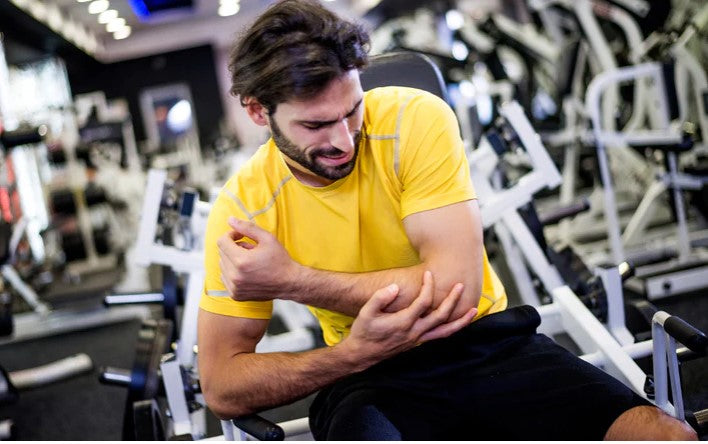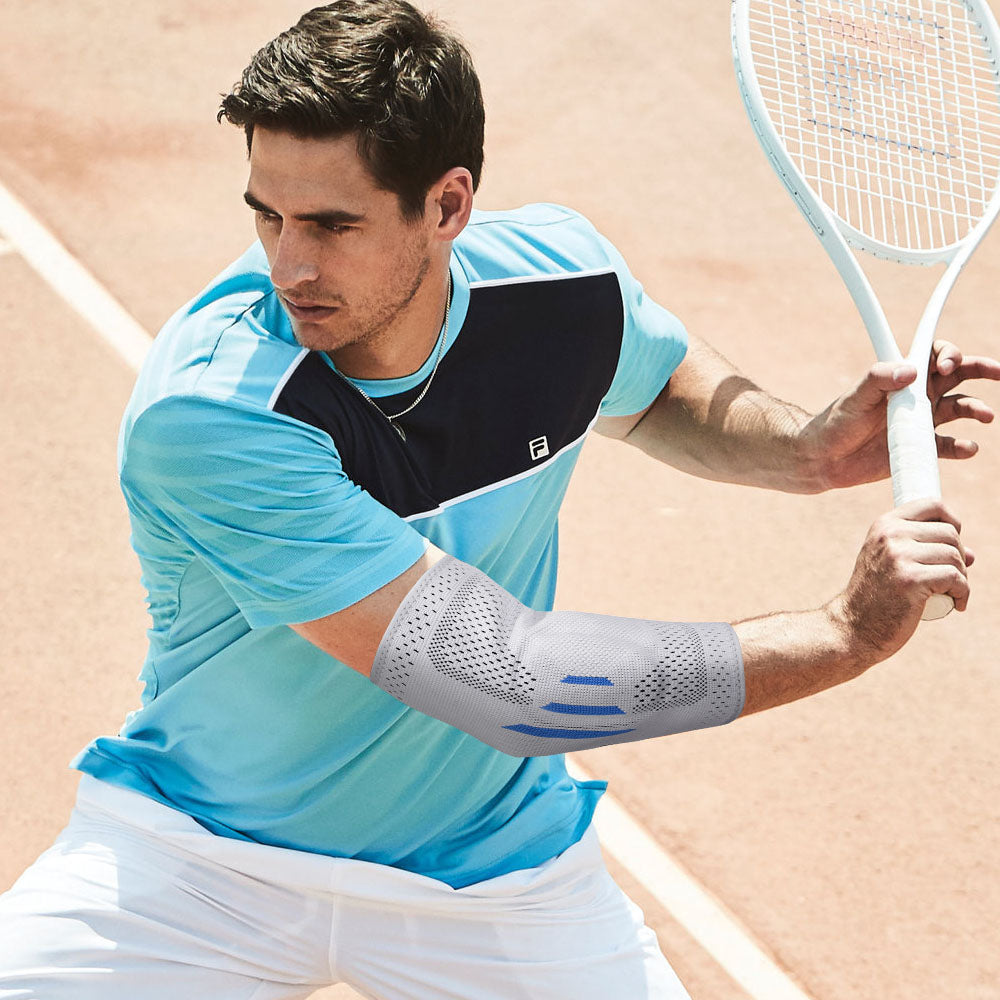
Have you ever experienced the joy of hyperextending your elbow? No? Well, let me tell you, it’s not as fun as it sounds. Hyperextended Elbow symptoms can range from mild discomfort to feeling like your arm has turned into a wet noodle. So, buckle up and let’s dive into this fascinating world of floppy limbs!
The Telltale Signs of Hyperextended Elbow
If you’ve ever extended your elbow beyond its normal range of motion (and who hasn’t tried to touch their nose with their tongue?), then you might have experienced some hyperextended elbow symptoms. These can include pain, swelling, stiffness, and an overall sense that something just ain’t right in your arm.
But wait! There’s more! In addition to these delightful sensations, you may also notice bruising around the affected area or difficulty moving your arm without wincing in agony. It’s like having a personal fireworks show on your own limb!
Fivali: The Not-So-Friendly Neighborhood Doctor

Now that we’ve established what hyperextended elbow symptoms are all about, let me introduce you to Fivali – the doctor who specializes in making things better when they go wrong. Fivali is not just any doctor; he is an expert in treating sports injuries and knows how to put those floppy elbows back together.
Fivali will start by conducting a thorough examination of your arm and asking questions about how the injury occurred. He may order X-rays or other imaging tests to get a closer look at what’s going on inside that bendy joint of yours.
Once Fivali has gathered all the necessary information (and probably made some terrible puns along the way), he will develop a treatment plan tailored to your specific needs. This may include rest, ice, compression, and elevation (RICE), physical therapy exercises, or even surgery in severe cases. Fivali will be with you every step of the way to ensure that your elbow gets back to its non-noodle-like state.
How to Put on a Velcro Knee Brace: A Crash Course
Now that we’ve covered hyperextended elbow symptoms and met our trusty doctor friend Fivali, let’s take a quick detour into the world of knee braces. Specifically, how to put on a velcro knee brace – because who doesn’t love some good old-fashioned Velcro action?
First things first, make sure you have the right size knee brace for your leg. You don’t want it slipping off mid-stride or cutting off circulation like an overzealous tourniquet.
Next up is positioning. Place the brace just above your kneecap and secure it with those magical Velcro straps. Make sure it’s snug but not too tight; you want support without feeling like you’re being squeezed by an anaconda.
If there are additional straps or closures on your particular knee brace model (because apparently one set of Velcro isn’t enough), follow the manufacturer’s instructions for securing them properly.
Congratulations! You are now officially ready to rock that velcro knee brace like nobody’s business. Just remember not to wear it while swimming unless you want everyone at the pool party asking if they can borrow some tape from your “fashionable” accessory collection.
In Conclusion
To sum it all up, hyperextended elbow symptoms can turn even the most ordinary arm into a floppy mess of pain and discomfort. But fear not, for Fivali is here to save the day with his expertise and terrible puns. And if you ever find yourself in need of a knee brace, just remember the magic of Velcro and how it can transform your leg into a fashion statement.

Leave a Reply